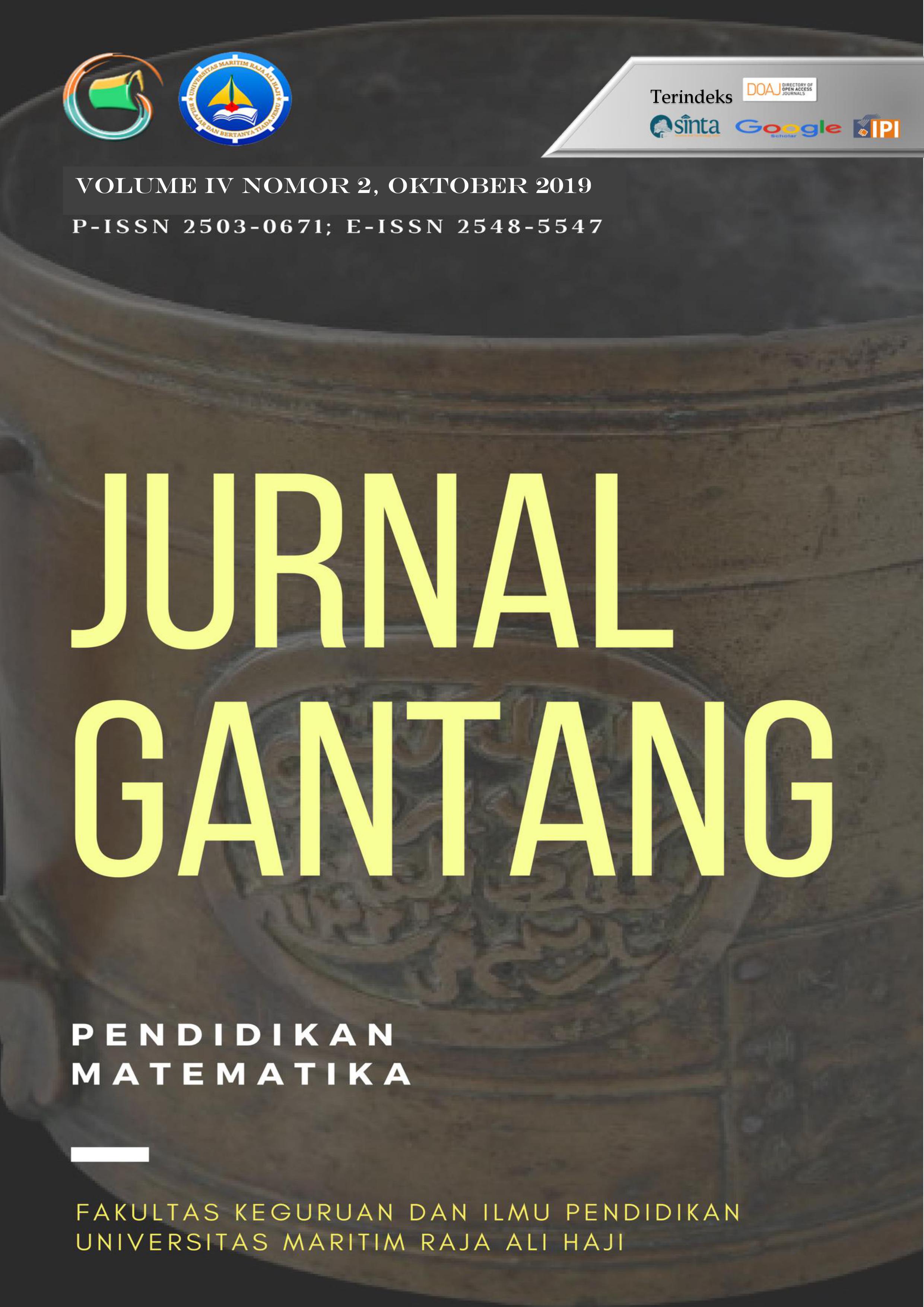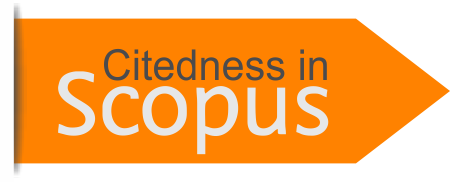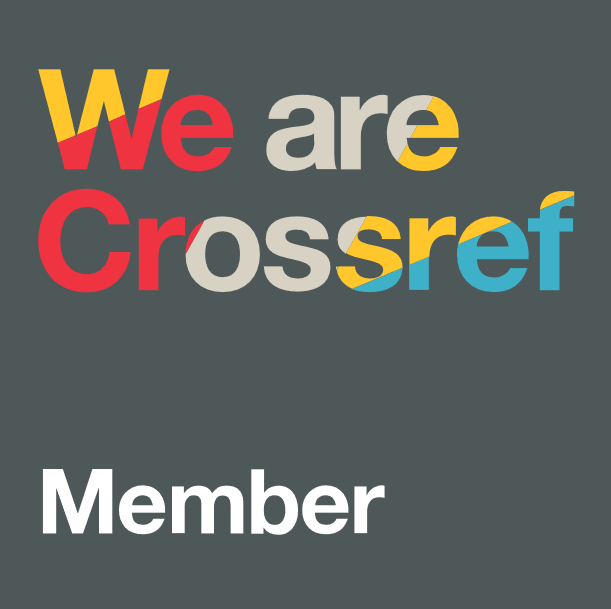Blended Learning Syarah: Bagaimana Penerapan dan Persepsi Mahasiswa
DOI:
https://doi.org/10.31629/jg.v4i2.1560Keywords:
education 4.0, e-learning, syarah, mathematics capita selectaAbstract
This study aims to see how the implementation and students’ perceptions of e-learning type blended learning in Mathematics Capita Selecta course. The e-learning in this study utilized the Syarah portal, an online learning application developed by Universitas Maritim Raja Ali Haji (UMRAH) responding to the 4.0 era. This online learning using Syarah was the first time applied to research subjects, namely 35 students of Mathematics Capita Selecta Course year 2019. The data was collected from the results of the researchers' observations during the learning process and students’ responses to the questionnaire. The data were analyzed qualitatively to describe how the implementation of e-learning and how students’ perceptions about e-learning Syarah in supporting them to learn. The results of the analysis show that the Syarah system and students are ready for the implementation of online learning. Students’ confusion only occurs at the initial meeting of each type of e-learning activities designed by the researcher. Hereinafter, students could carry out learning well, even independently, but with clearly stated instructions. In addition, students were actively involved during the e-learning process. It also reveals that students felt more open to engaging in e-learning activities than when they were in class. In general, students gave positive responses to the use of Syarah in supporting blended learning.
Downloads
References
Allen, I. E., & Seman, J. (2010). Learning on demand: Online education in the United States, 2009. USA: The Sloan Consortium.
Astuti, P., & Febrian, F. (2019). Blended learning: Studi efektivitas pengembangan konten e-learning di perguruan tinggi. Jurnal Tatsqif, 17(1), 104–119. https://doi.org/https://doi.org/10.20414/jtq.v17i1.972
Betty, L., Angie, H., Neal, G., & Andrew, W. S. (2014). Student learning and perceptions in a flipped linear algebra course. International Journal of Mathematical Education in Science and Technology, 45(3), 317–324.
Du, C. (2011). A comparison of traditional and blended learning in introductory principles of accounting course. American Journal of Business Education, 4(9), 1–10.
Ford, P. (2015). Flipping a math content course for pre-service elementary school teachers. Primus, 25(4), 369–380.
Fulton, K. (2012). 10 reasons to flip. Phi Delta Kappan, 94(2), 20–24.
Gilbert, G., & Jones, M. G. (2001). E-learning is e-normous. Electric Perspectives, 26(3), 66–82.
Hermann, M., Pentek, T., & Otto, B. (2016). Design principles for industrie 4.0 scenarios. Presented at the 49th Hawaiian International Conference on Systems Science.
Irianto, D. (2017). Industry 4.0: The challenges of tomorrow. Disampaikan Pada Seminar Nasional Teknik Industri, Batu-Malang.
Nasir, M. (2019). Menristekdikti: penerapan e-learning di perguruan tinggi harus diimbangi peningkatan kompetensi dosen. Retrieved from https://ristekdikti.go.id/kabar/menristekdikti-penerapan-e-learning-di-perguruan-tinggi-harus-diimbangi-peningkatan-kompetensi-dosen/
NCTM. (2000). Principles and standars for school mathematics. Reston, VA: NCTM.
Owen, H., & Dunham, N. (2015). Reflections on the use of iterative, agile and collaborative approaches for blended flipped learning development. Education Sciences, 5(2), 85–105.
Rosenberg, M. J. (2001). E-learning: Strategies for delivering knowledge in the digital age. New York: McGraw-Hill.
Saifuddin, M. F. (2017). E-learning dalam persepsi mahasiswa. Jurnal Varidika: Kajian Penelitian Pendidikan, 29(2), 102–109.
Smith, J. G., & Suzuki, S. (2015). Embedded blended learning within an Algebra classroom: a multimedia capture experiment. Journal of Computer Assisted Learning, 31(2).
Sohn, B. (2005). E-learning and primary and secondary education in Korea. KERIS Korea Education & Research Information Service, 2(3), 6–9.
Surjono, H. (2006). Development and evaluation of an adaptive hypermedia system based on multiple student characteristics. Unpublished doctoral dissertation. Southern Cross University.


















